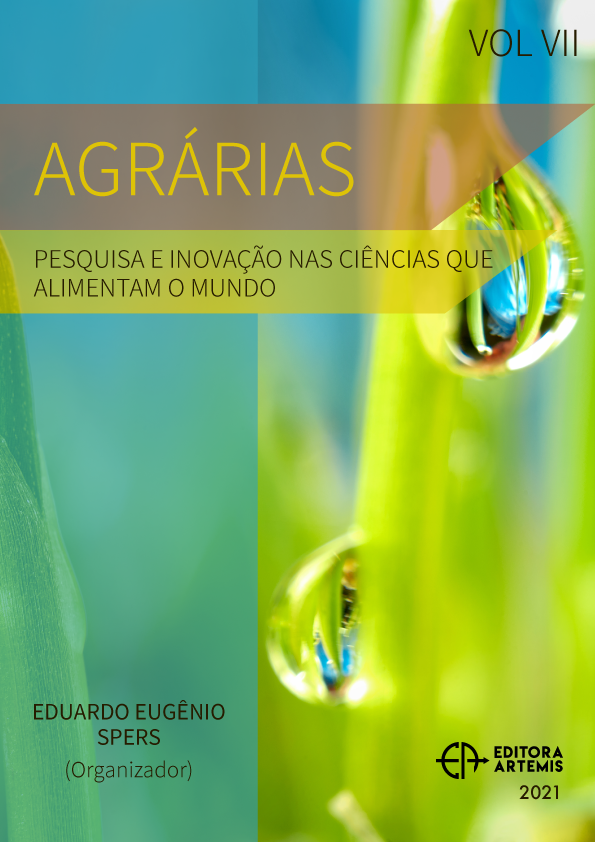
MUCUNA PRURIENS L, DC. VAR. UTILIS (WALL. EX WIGHT), BAKER EX BURCK, 1893. UNA OPCIÓN PARA EL MANEJO SOSTENIBLE DE SACCHARUM SPP
En la América Latina y el Caribe existe confusión con la mucuna o pica-pica, de la cual se reportan entre 100 y 235 especies, con numerosas variedades. Se confirma que la especie cultivada es MUCPR-Mucuna pruriens (L.) DC. var uti lis (Wall. ex Wight) Baker ex Burck, 1893, y se presentan sus más de 40 sinónimos, por sus características vegetales y por el color de sus semillas. La mucuna puede ser un valioso aliado para el productor de caña que quiera trabajar de manera sostenible, debido a sus características como productora de polen para abejas, como abono verde (hasta 250 kg de nitrógeno/ha), como cobertura y como repelente (evita las malas hierbas y plagas 100 días, por la presencia de L-3- 4-dihydroxyphenilalanina). Se describe su morfología y agrotecnia. Puede ser sembrada antes o después de la caña. Crece bien hasta los 2 100 m de altitud, con sol, a temperaturas entre 19 y 27 ºC y lluvias entre 1 000 y 2 500 mm por año. Prefiere suelos normales, pero puede adaptarse a suelos ácidos y poco fértiles. Resiste sequías, pero no heladas ni encharcamientos. Estas condiciones son muy similares a las existentes en Cuba.
MUCUNA PRURIENS L, DC. VAR. UTILIS (WALL. EX WIGHT), BAKER EX BURCK, 1893. UNA OPCIÓN PARA EL MANEJO SOSTENIBLE DE SACCHARUM SPP
-
DOI: 10.37572/EdArt_1812215143
-
Palavras-chave: Caña de azúcar, mucuna, agricultura sostenible, cobertura de plantas, abono verde, manejo de plagas
-
Keywords: Sugar cane, Macuna, sustainable agricul- ture, cover crops, green manure, pest control
-
Abstract:
In Latin America and the Caribbean there is confusion with Mucuna or Pica-Pica, of which between 100 and 235 species with numerous va rieties are reported. It is herein confirmed that the species MUCPR-Mucuna pruriens (L.) DC. var utilis (Wall. ex Wight) Baker ex Burck, 1893, is the one cultivated and its more than 40 synon- yms by virtue of plant characteristics and colour of the seeds are presented. Mucuna can be a valuable ally of the sugar cane grower who wants to work sustainably given its characteristics as a pollen producer for honeybees, a source of green manure (up to 250 kg of nitrogen per hectare), a cover crop and a repellent (it prevents weeds and pests for 100 days thanks to the presence of L-3-4-dihydroxyphenylalanine). Its morphology and agro-technical requirements are described. Mucuna may be planted before or after sugar ca ne; it grows well up to a height of 2100 m, with plenty of sunlight, at temperatures between 19 ºC and 27 ºC and a yearly rainfall between 1000 and 2500 mm. It prefers standard soils but can adapt itself to acid, low fertility soils. It can withstand drought but neither frosts nor water pooling.
-
Número de páginas: 12
- Roberto Antonio Arévalo
- Edmilson José Ambrosano
- Edna I. Bertoncin
- Lourdes U. Arévalo
- Sergio Salgado-García
- Yaniuska González
- Fabrício Rossi
- Armando Álvarez

